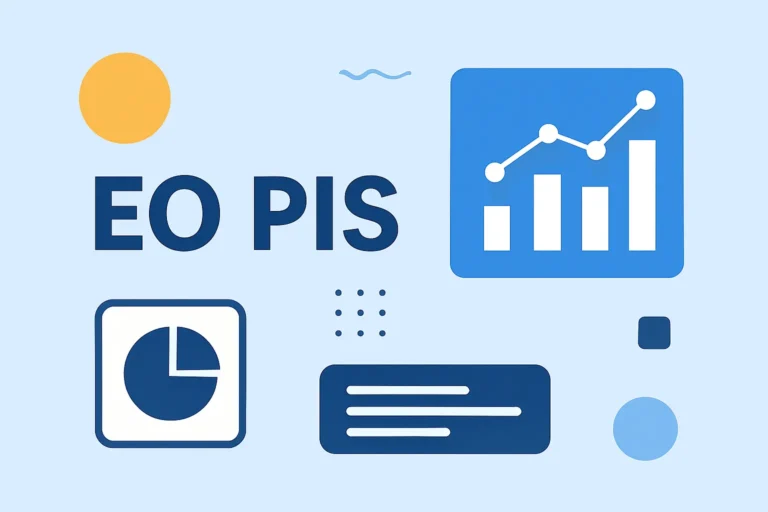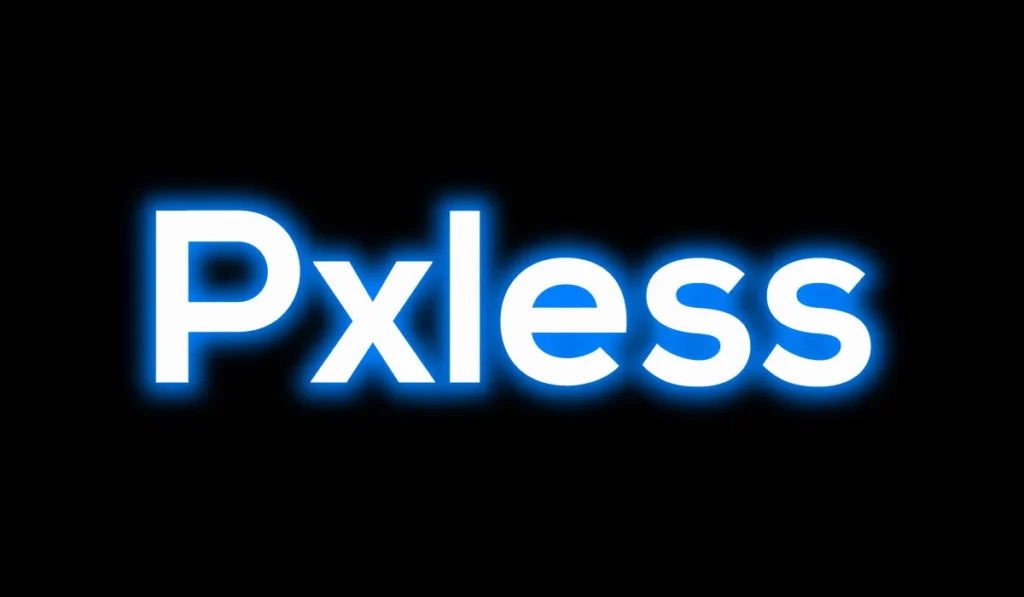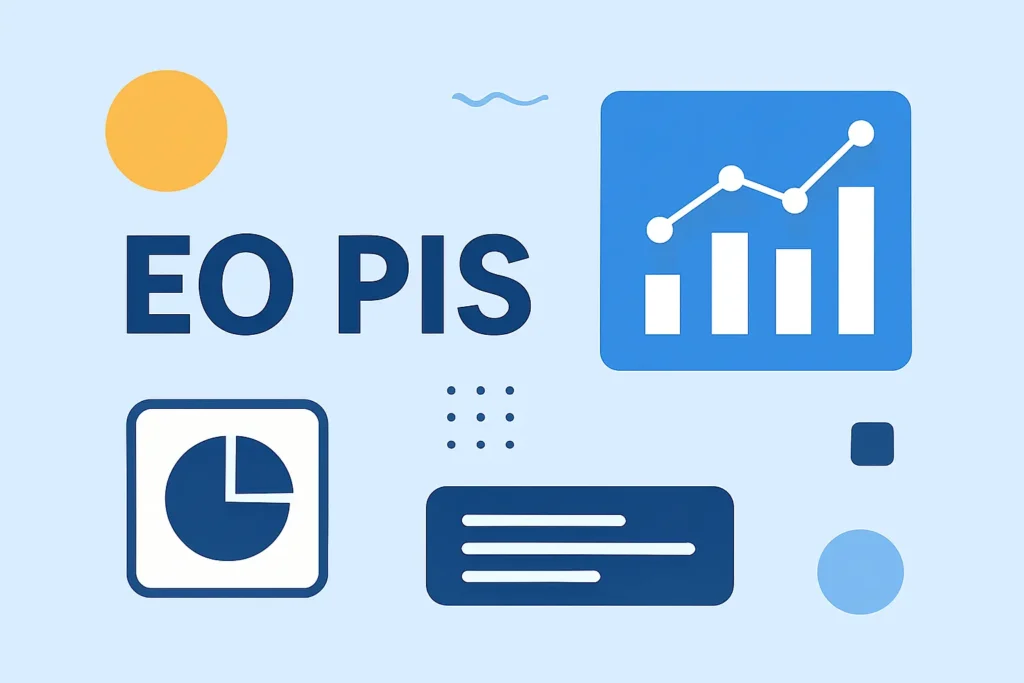XAI770K Explained: A Detailed Guide
The name xai770k is appearing across a cluster of blogs and review sites, claiming it represents a breakthrough in explainable AI (XAI): a compact, transparent model with approximately 770,000 parameters that promises blockchain-backed transparency and auditable decisions. That sounds neat, but is xai770k real, or just recycled marketing copy?
Short answer: xai770k is a trending term on low-authority sites, not a verified research project or product. Below, I unpack what those sites claim, what we can actually verify, and how you, as a reader, researcher, or buyer, should evaluate XAI offerings that sound too good to be true.
What people are saying about xai770k

Across multiple niche blogs and marketing pages, xai770k is described the same way: a marriage of Explainable Artificial Intelligence (XAI) and a “770K” parameter architecture that balances interpretability and performance. Those writeups present xai770k as a platform for transparent decision-making, often adding blockchain for audit trails and tokenized incentives. Examples of this wording appear on recently published blog posts and product-style explainers.
Those pages tend to repeat the same claims (770k parameters, blockchain logging, bias mitigation) without linking to a code repository, a whitepaper, an arXiv preprint, or any peer-reviewed evidence. That pattern repeated claims + no primary source is a red flag in tech reporting.
What we can verify (and what we can’t)
Verified facts
- Explainable AI (XAI) is a well-established research area with active literature on methods, toolkits, and evaluation techniques. See surveys and recent papers summarizing XAI methods and evaluation challenges.
Not verifiable about xai770k
- There is no authoritative research paper, public GitHub repo, or major media coverage that defines an established project called “xai770k.” Searches across niche blogs return many posts about xai770k, but I did not find a primary technical source or academic publication that documents a 770k-parameter explainable model under that exact name. Many of the “explainers” appear on lower-authority sites and are likely repeating a marketing narrative.
Put plainly: many sites claim xai770k exists, but credible evidence is missing.
What “770K” would plausibly mean and why parameter counts don’t equal trust
When a page says “770K,” it usually refers to the number of parameters in a machine-learning model. Parameter counts matter for performance and compute needs: large language models have billions to hundreds of billions of parameters, while compact models used on devices might have hundreds of thousands to a few million.
A 770,000-parameter model could be a reasonable mid-sized architecture for specialized tasks, but the parameter number alone doesn’t guarantee explainability or fairness. Explainability depends on model design, explanation methods, evaluation protocols, and tooling (feature-attribution methods, counterfactuals, example-based explanations, etc.), not just the raw parameter count. The XAI literature emphasizes methodology and evaluation more than a single parameter metric.
Why the “blockchain + XAI” pitch keeps resurfacing and what to watch for
Some xai770k posts add another trend: “blockchain for auditability.” The story goes that model decisions + their explanations are logged on-chain so anyone can verify why a model decided the way it did. In principle, this can help immutable logging and provenance, but the reality is more nuanced:
- Storing full model outputs or large logs on a public chain is expensive and may leak sensitive data. Practical systems log hashes or small attestations on-chain and keep full records off-chain.
- Blockchain does not make a model interpretable by itself; it only provides an immutable record of inputs/outputs and possibly explanations. Interpretability still relies on XAI methods and human-readable explanations.
So if a vendor promises “blockchain-backed explainability,” ask how much data is on-chain, how privacy is preserved, and whether the explanations are human-meaningful vs. opaque artifacts. The XAI community stresses careful evaluation of explanation quality and reliability; a ledger does not replace that work.
How to evaluate any XAI claim (use this checklist)
If you encounter products or papers claiming to be the “next xai770k,” use this practical checklist before trusting them:
1. Primary source check:
Is there a whitepaper, open repo (GitHub), or peer-reviewed paper that documents the model architecture, training data, and evaluation? If not, treat claims cautiously.
2. Reproducibility:
Are there scripts, checkpoints, or instructions that enable independent replication? Reproducibility is the gold standard in ML.
3. Explainability method:
What XAI techniques are used (SHAP, LIME, integrated gradients, counterfactuals, concept activation)? Are the explanations evaluated quantitatively (fidelity, robustness) and qualitatively (human studies)?
Data & privacy:
What data was used to train the model? Is sensitive data protected? Are there privacy audits?
5. Performance vs interpretability tradeoffs:
Do they report benchmarks comparing accuracy and explanation quality against baselines?
6. Third-party reviews:
Independent audits, community evaluations, or academic citations increase credibility.
7. Security & auditability:
If blockchain is used, how are hashes only on-chain attestations, or raw logs? How is private data avoided?
If an offering fails more than one of these checks, it’s a signal to step back.
Real alternatives and building blocks (what practitioners actually use)
If your interest is legitimate (debugging models, creating trustworthy AI, or auditable systems), here are real, established resources and toolkits to explore instead of chasing a possibly spurious xai770k claim:
- XAI toolkits and libraries: SHAP, LIME, Captum, and Alibi provide off-the-shelf explainability methods. Evaluate them with tests and human studies.
- Evaluation frameworks: Research literature offers evaluation metrics and experimental protocols for XAI, look up recent surveys and taxonomies to understand tradeoffs.
- Privacy and logging: Use hybrid on-chain/off-chain approaches for auditability (hash attestations on chain, full logs in secure off-chain storage). Consult privacy and security experts before storing model artifacts.
- Academic XAI research: Read recent arXiv surveys and conference papers to separate hype from consensus.
Final verdict on xai770k
xai770k is a name that has traction on low-authority blogs, but there’s no verified technical footprint (paper, repo, or audit) supporting it as a distinct, proven system. The concept it markets, explainable models that are auditable, is real and important. But the xai770k label, as currently used online, functions more like a buzzword than a documented technology. If you’re writing about XAI770k or advising stakeholders, be clear: highlight the difference between the legitimate XAI research field (which is active and rigorous) and unverified product claims circulating on the web. Demand transparency, reproducibility, and third-party evaluation before adopting or recommending any XAI product.
Follow TechStatar for real tech insights and stay ahead with updates that actually matter.
















![Reviews What Is Nastia AI? A Detailed Guide [2025]](https://techstatar.com/wp-content/uploads/2025/11/nastia-ai-honest-review-of-the-uncensored-ai-companion-1757572191.jpg)






![What Is CHAS6D? A Detailed Guide [2025] What Is CHAS6D? A Detailed Guide [2025]](https://techstatar.com/wp-content/uploads/2025/11/image-282-768x419.png)

